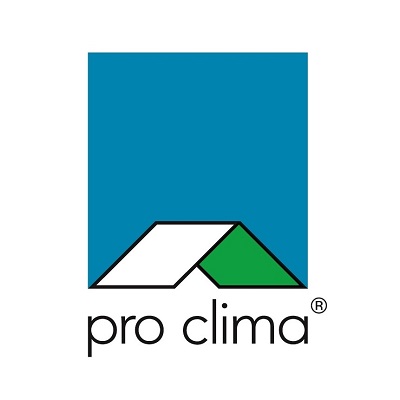In response to the Minister’s directive, MBIE “…ran a series of targeted check-ins with the building and construction sector …. to more fully understand how the H1 Energy Efficiency settings were working in the current economic environment.” On 9th December 2024 MBIE asked for feedback on “…the H1 Energy Efficiency standards, specifically looking at insulation settings and improving flexibility of building design.”, with submissions to be with them by 28th February 2025.
I trust that all those in the Building industry who have opinions regarding both the positives and negatives of NZBC-H1 took the opportunity to have their say. Along with others, I contributed to the NZ Institute of Architect’s submission. I also completed the Consultation Submission Form and added my personal comments.
Here I would like to make some more general comments which hopefully may generate some discussion, or at least food-for-thought. I am not commenting on the reviewing of the various actual compliance Construction R-Value numbers which will need to be inserted into the reviewed code as a second stage Consultation.
Schedule Method
MBIE’s Submission Form asked for comment on a proposal to remove the Schedule Method as a means of showing compliance with NZBC-H1. I have no problem with this, but point out that the various requirements are minimum (or maximum) thresholds which must be reached; after all, there is no restriction to exceeding the figures if the designer wishes to. However, there is a significant problem if the Schedule Method tables are deleted.
In its present form, to show compliance with NZBC-H1 by the Calculation and Modelling Methods there needs to be a Reference Building against which the Proposed Building is Verified. At present the various Schedule Method figures are used for the Reference Building. With the Schedule figures gone, where will the Reference Building figures come from? Won’t the new Reference figures just be the Schedule figures disguised under a new title? Because the Proposed Building must perform “…at least as well…” as the Reference Building, what restrictions will there be to stop a designer using the Calculation or Modelling Methods to design down to these Reference figures?
I presume that the wish to delete the Schedule Method was because it was considered that the current R-values are too low. If that is the case then why not just increase the various values — but have sensible correlations between them. Refer to my Detailed Blog of June 2022, NZ Building Code – clause H1 (Energy Efficiency) 5th Edition. I understand that often a project complies well above the Schedule Method R-values but the designer uses the Schedule Method for Building Consent approval because what is the point of going through all the calculations, and the time involved, just so that the Calculation Method can be presented to Council?
Calculation Method
Council Building Consent staff tell me that the Calculation Method is far and away the most common method of showing compliance with NZBC-H1, primarily because of the flexibility it offers to the designer. It is the algebraic sum of the individual construction R-values which determines compliance rather than the individual R-value of each component needing to be at least at the value stated in the Code. This means that if a component is below, e.g. a window, then other components must be higher to compensate. The majority of designers and Council Compliance staff are familiar and comfortable with the process so, if kept, this is one less aspect requiring re-learning during the transition phase to a revised H1.
For pragmatic and practical reasons, my firm opinion is that the Calculation Method, despite its serious shortcomings, must remain as the primary pathway to demonstrate NZBC-H1 compliance for a residential Building Consent. With evidence-based rational changes to the R-values of course. I understand from Google that “For the year ending December 2024, the total number of new dwellings consented was 33,600.” If the aim is to have meaningful thermal Modelling of Dwellings as the sole method of demonstrating compliance, then how is this to be achieved for even a tiny portion of the 33,600 applications requiring approval from Councils each year when the checking of the compliance evidence will be far more complex and time consuming? If it is proposed that an independent Certifier will sign off the analysis work, where are they to come from given how few there are at present, and who will pay for their services?
Modelling Method
The MBIE review and submission form refer to the ‘Modelling Method’ but there is no definition of what is meant by “Modelling” (presumably using a computer). In New Zealand there are two fundamentally different types of modelling available to assess the thermal aspects of housing.
- The first is to calculate the ENERGY BALANCE of just the thermal envelope of the Building containing the Dwellings, as a single volume, using calculations within customised Microsoft Excel worksheets software into which data is entered.
- The second is to use dynamic multi-volume hourly passive thermal simulation of the Dwelling as an entire entity using specific computation computer engines developed to model in detail the overall thermal performance of residential housing. Data entry to the background computation engine is via various front-facing software programmes written with designers, assessors, etc. in mind. This DYNAMIC SIMULATION assessment method, is still used by BRANZ for their research when objective and comprehensive passive thermal performance analysis of dwellings is required, such as for the current embodied carbon research.
In New Zealand, the thermal envelope type of modelling uses monthly average outdoor temperatures at the Building’s location to calculate the outward/inward Energy Balance through the thermal envelope. The deficit is absorbed by heat exchange equipment to bring the building temperatures into a standardised comfort range. BRANZ’s ALF (for standalone houses), Homestar’s ECCHO, and NZ’s Passive House (Europe’s PassivHaus) are examples of thermal envelope energy balance software.
On the other hand, the Dynamic Simulation modelling method uses local hourly exterior temperature data to assess the passive temperature changes within each habitable and non-habitable volume (rooms, roof space, garage, etc.) within the Dwelling so as to model its total passive thermal performance. The result is 8,760 (24 hours x 365 days) temperature datapoints for each and every volume in the dwelling. The Dynamic Simulated hourly temperature analysis is aggregated to establish the annual passive energy deficit either side of a standardised comfort range for heating, temperature cooling and dehumidifying within the dwelling.
The designer can then take this hourly information for each volume and explore options to decide where to tweak the design, The energy information can also act as a Brief for the type and capacity of heating/cooling system options to be selected by the designer and occupant. Occupants experience the comfort levels of their Dwelling’s spaces on a 24 hour diurnal cycle rather than as monthly averages.
The Chenath computation engine (developed by Australia from the 1970/80) is an example of a Dynamic Simulation engine which uses AccuRate(NZ) as its data input software. Since being brought here by EECA in the late 2000s, other input software tools (such as BERS Pro, HERO, and FirstRate5) have been written to ease data input and assessments. All use the Chenath computation engine and are NatHERS (Australia) accredited software.
I understand there are submissions advocating for compliance with ISO 52016 to be the base for showing compliance with NZBC-H1. I have looked at this and see that it has two streams; a monthly average temperature base and a more comprehensive dynamic hourly temperature base. If this were to be adopted by MBIE to demonstrate H1 compliance, then the whole of the home building industry would need to be re-educated from scratch! Why bother? It seems to me that Passive HouseNZ complies with the ‘monthly stream’, and the Chenath engine and its data entry software complies with the dynamic ‘hourly stream’.
In my opinion there still needs to be a MBIE-approved dynamic multi-volume hourly passive thermal simulation pathway to show H1 compliance, but more importantly, to provide an objective and comprehensive analysis of Dwellings to deal with the over-heating problems within Terrace and Apartment Housing. Refer to my Detailed Blog of February 2025, Passive Over-Heating: Does Internal Thermal Mass Make a Difference?
I cannot see how a Modelling Method can be the sole method to demonstrate compliance with NZBC-H1 for the tens of thousands of Building Consent Applications made each year. Even so, a MBIE evaluated and approved dynamic simulation process must be available for when the designer/owner wants to achieve the greater precision it provides, and also to allow for comprehensive evaluations of the new design and construction options that will be needed to minimise over-heating of medium and high-density housing.
Bathroom underfloor heating
In the Submission Form, at Topic 3, there is a proposal to exempt “… building elements with embedded heating from higher minimum R-values where embedded heating systems are solely used in bathrooms.” The majority of these systems will be hydronic or electric embedded within structural concrete floor slabs.
Concrete is a good conductor of heat so if there is to be a heated patch at the bathroom, it will immediately begin to spread across the floor, and down to the ground. The only energy efficient way to try to minimise the heat loss is to have that piece of concrete completely isolated from the main floor with highly effective thermal insulation at all edges and fully across the underside. This would require a set-down of the structural floor in the same manner as for a recessed shower tray, only deeper. A more effective way would be to recess the concrete bathroom floor a little and then fit a minimal thickness proprietary system heated floor layer well insulated from the structural slab. Alternatively fit cork tiles and wear slippers. Refer to my Detailed Blogs of November 2024, Garage Concrete Floor Thermal Breaks which is the reverse situation where the need was to stop the heat in the main floor escaping to the garage floor.
Final comment
In conclusion, it is my considered option that practicality requires the Calculation Method to be retained, but with properly considered evidence-based alteration of the R-values.
I’m sure there will be readers who disagree with my comments. It would be most useful if they added their opinions in the discussion space below. Thanks.
Through EcoRate Ltd – Architect, I provide objective independent passive solar thermal performance analysis and advice on sustainability matters, to Architects, Designers, Builders, Manufacturers, and others in the construction industry, included those proposing to build a new home.
For more information feel free to contact Keith at EcoRate Ltd on 021 890 251, [email protected], or our website www.settlement.co.nz .






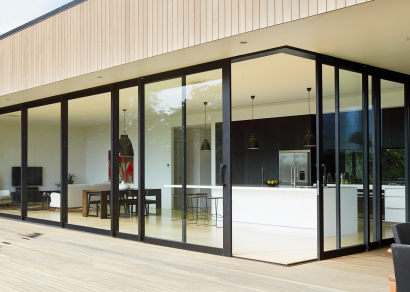
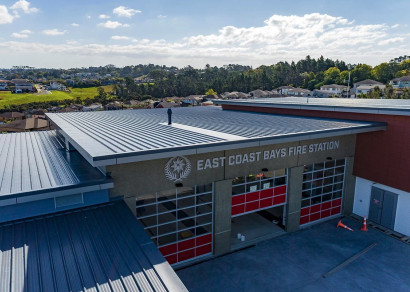
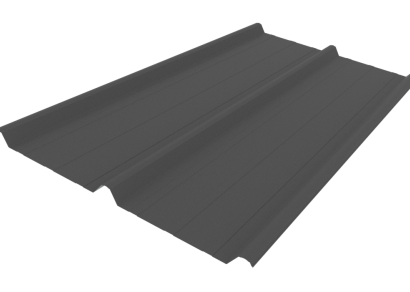
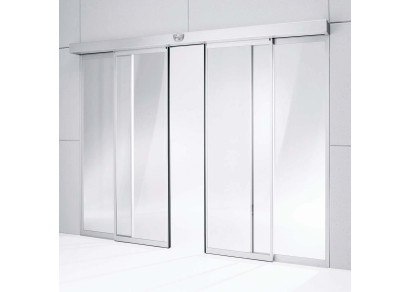
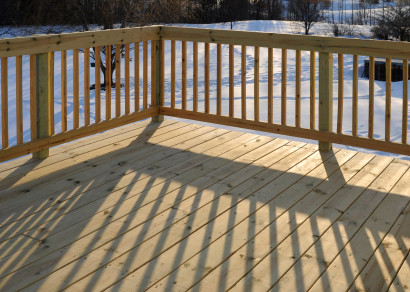
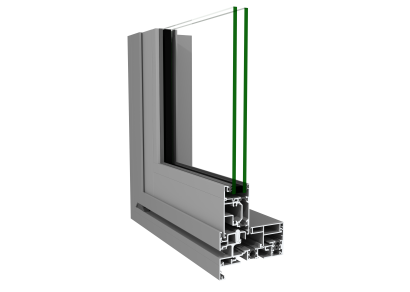

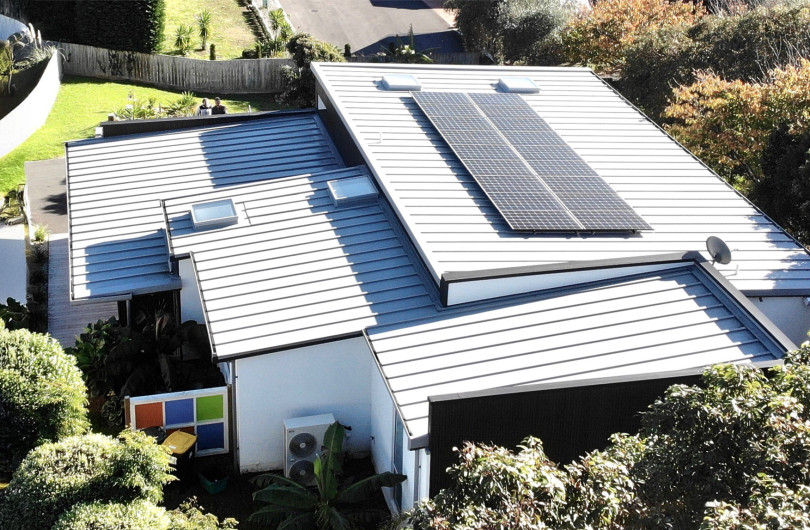
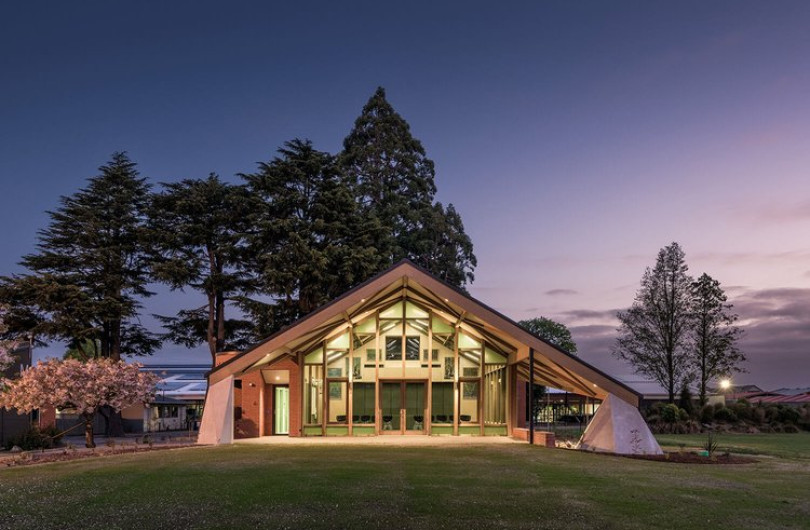



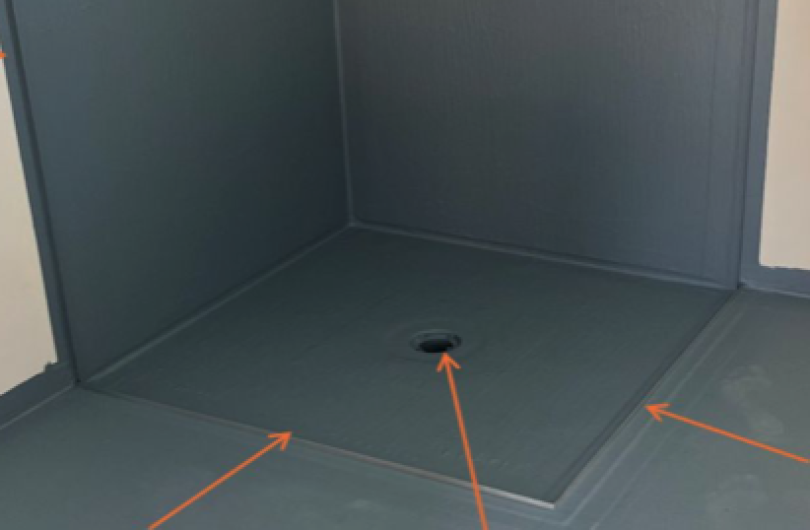










 Most Popular
Most Popular Popular Products
Popular Products


